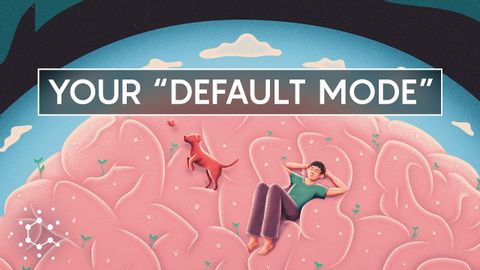當你「放空」時,大腦會發生什麼變化呢? (What Your Brain Is Really Doing When Doing 'Nothing' : The Default Mode Network)
VoiceTube 發佈於 2024 年 09 月 07 日  沒有此條件下的單字
沒有此條件下的單字US /spɪˈsɪfɪk/
・
UK /spəˈsɪfɪk/
US /ˈkɑɡnɪtɪv/
・
UK /ˈkɒgnətɪv/
- adj.認知的;認知能力的;認知發展的;認知療法的
US /ˈrɛləvənt/
・
UK /ˈreləvənt/
US /ˌɪndəˈvɪdʒuəl/
・
UK /ˌɪndɪˈvɪdʒuəl/
- n. (c.)個人;單個項目;個體;個人賽
- adj.個人的;獨特的;個別的;獨特的
